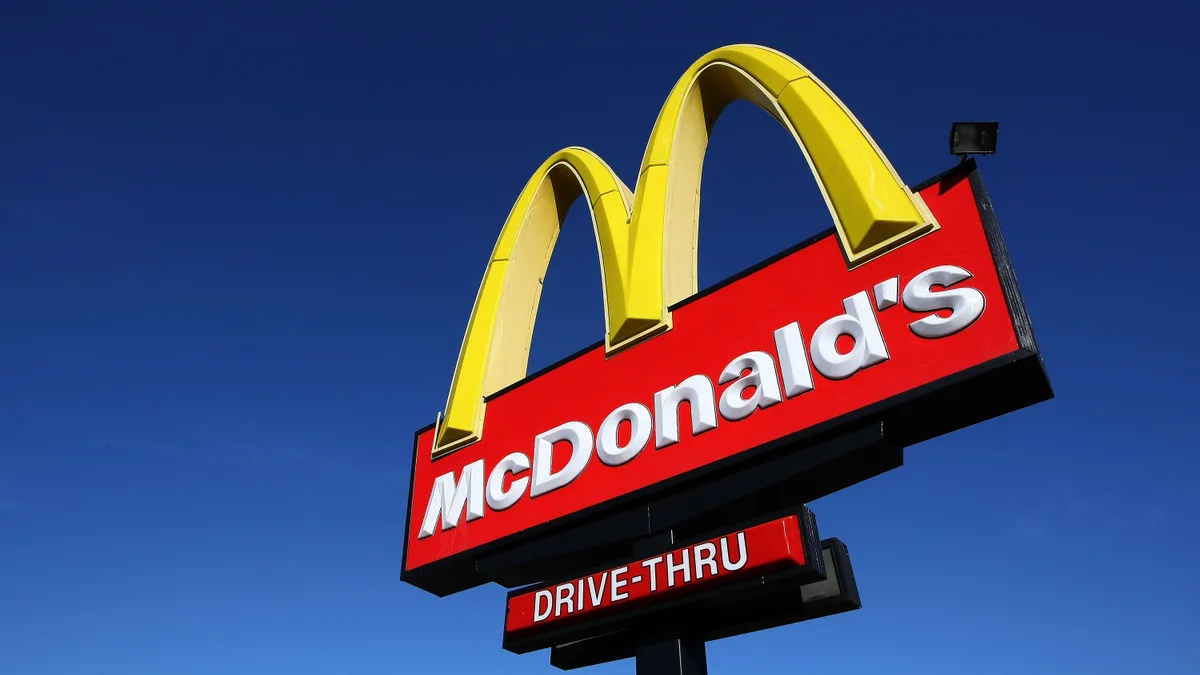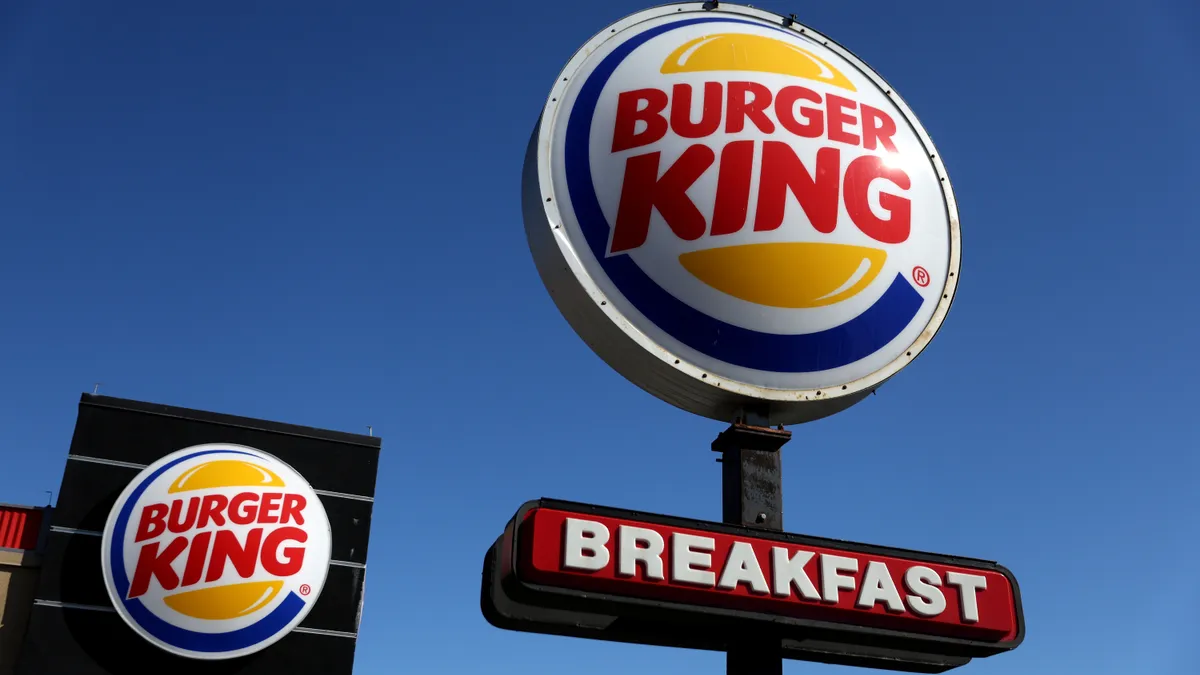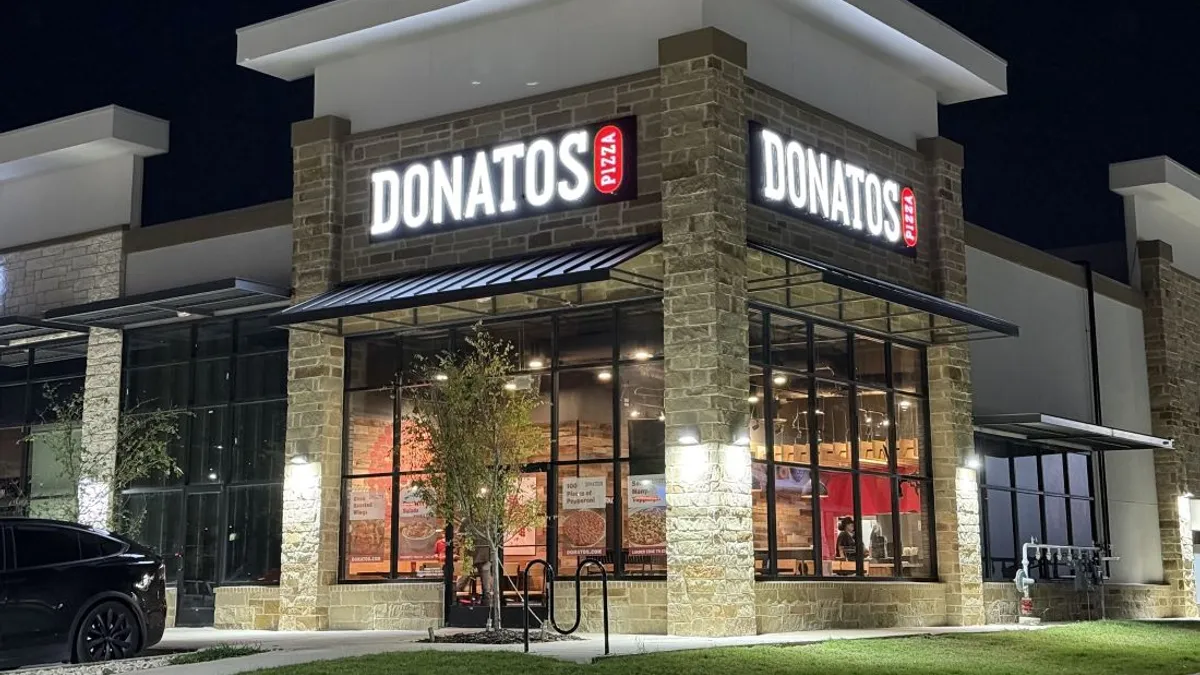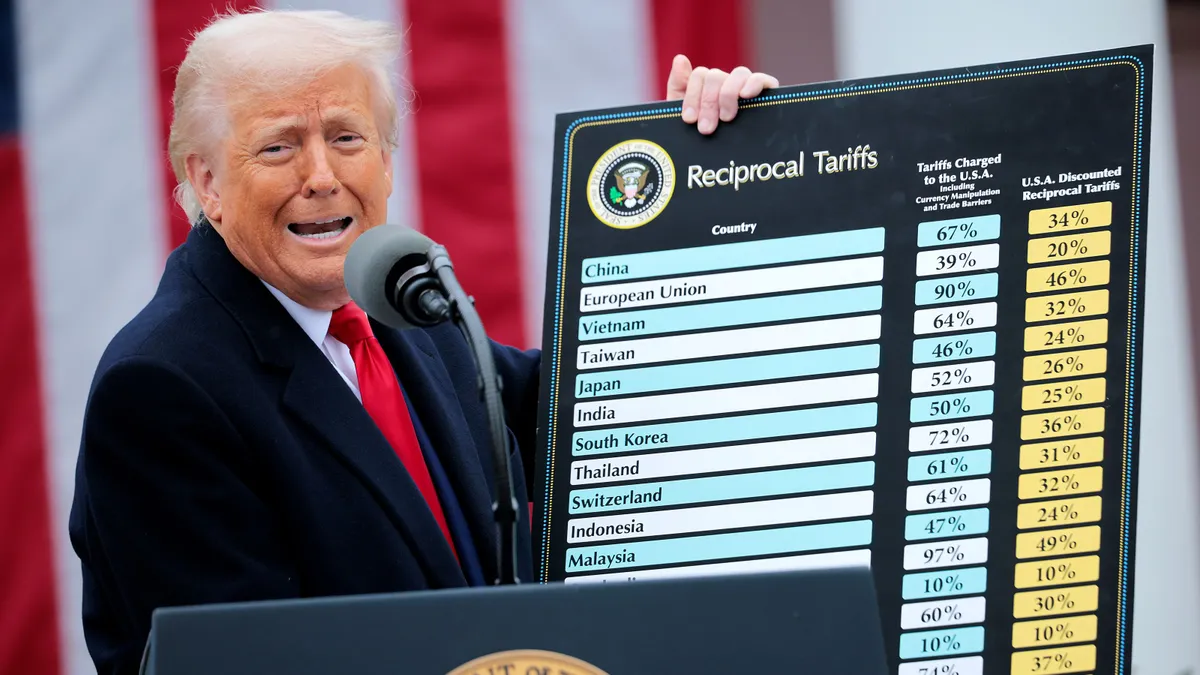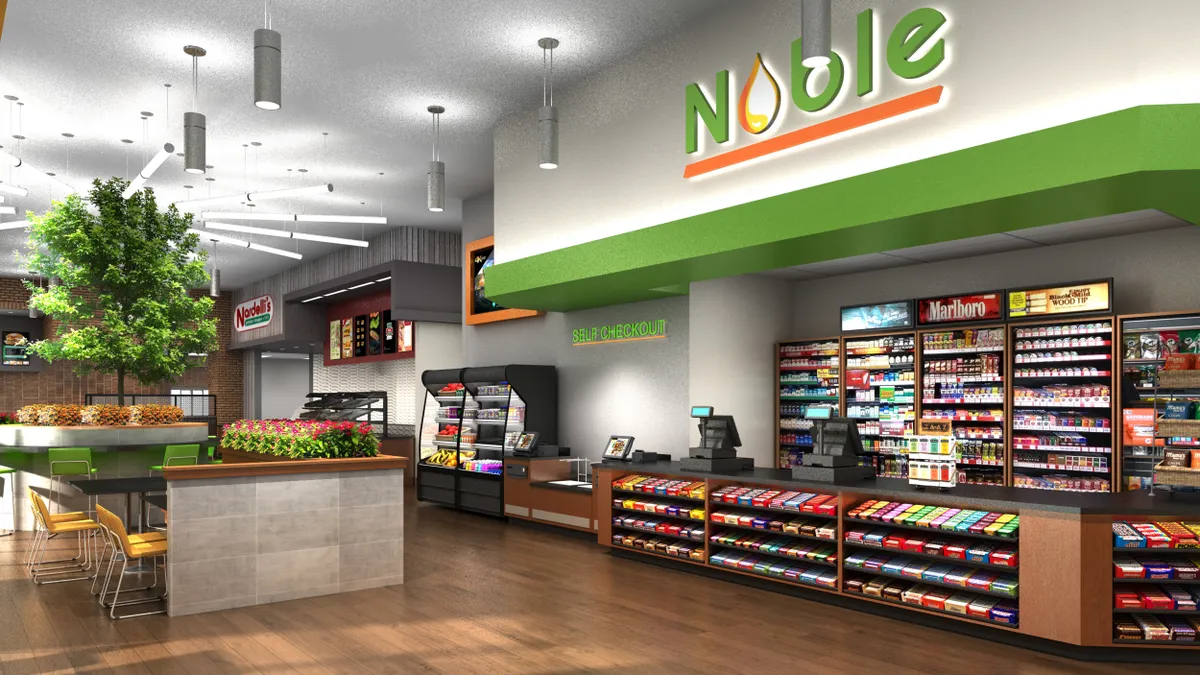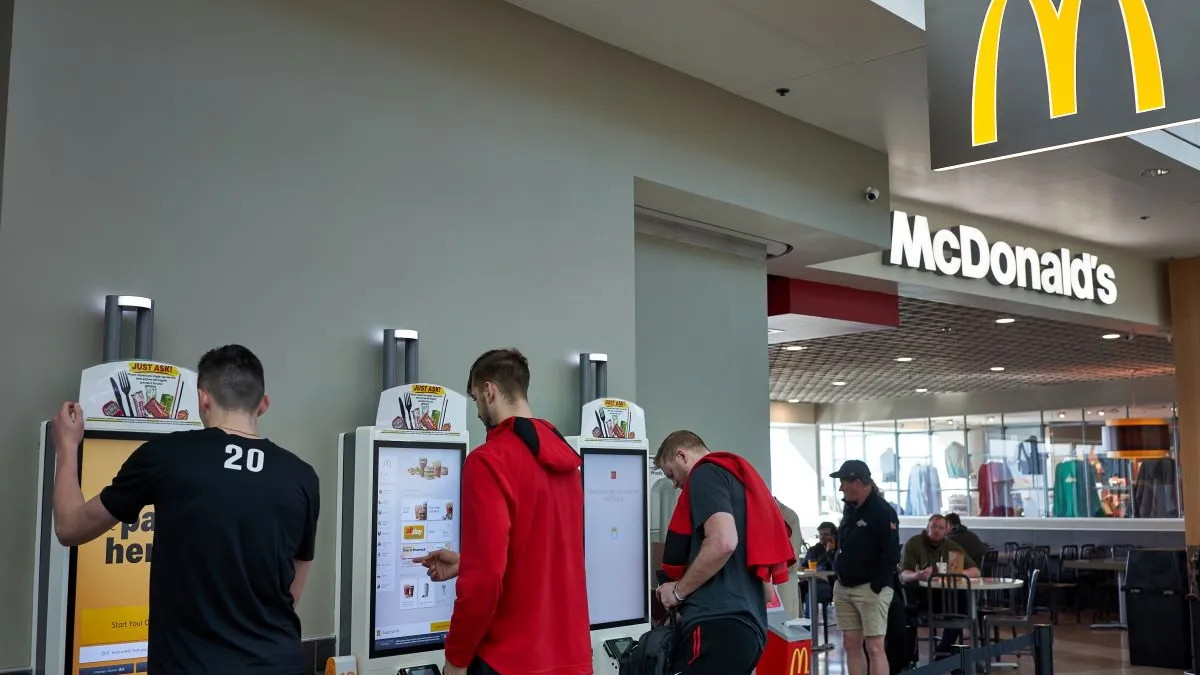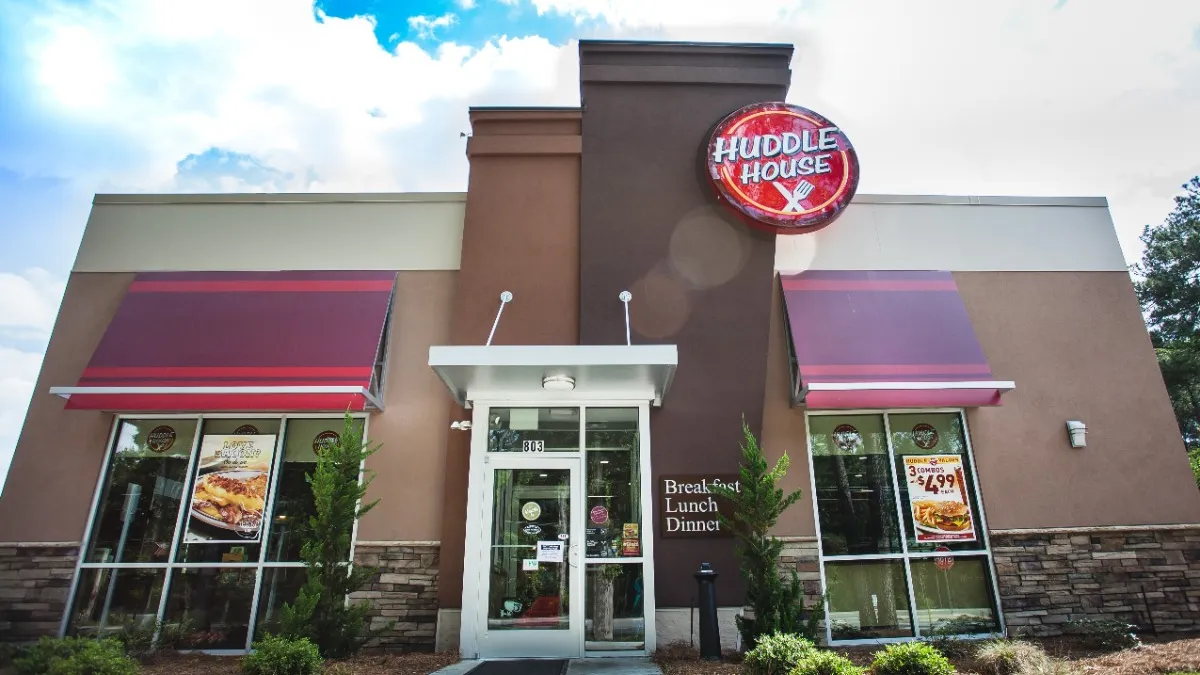Labor and food cost inflation have squeezed the restaurant industry over the last 18 months, but some leaders believe their chains can weather continued economic volatility. While inflation appears to be moderating, continual interest rate hikes could trigger a recession. However, there have yet to be any significant indicators that a recession has begun, experts say.
“Restaurant sales often tend to slow before the overall economy slows [and] we’re not seeing any slowdown in the restaurant consumer,” Paul Westra, managing director of restaurant investment research at Capital One, said.
In the next couple of months, restaurants are likely to continue raising prices to claw back lost margins and profitability. But this strategy could challenge profits if consumer sentiment sours and the economy officially turns recessionary, Westra said. So far, however, restaurant sales have yet to take a major dip.
Same-store restaurant sales have been at their highest point since the early pandemic, up 6% in the last four to eight weeks, Westra said.
“The consumer is relatively stable at the moment despite all the warnings we’re seeing in the news,” he said.
To glean a better understanding of the impact inflation has had on the QSR sector, Restaurant Dive reviewed comments from CEOs of Chipotle, McDonald’s, Restaurant Brands International, Papa Johns and Wendy’s during their latest earnings calls. Here’s what they said.

Chipotle CEO Brian Niccol
To battle increasing costs related to labor inflation, Chipotle has raised menu prices, including a 4% hike in August and another 2% to 3% bump in October at about 700 restaurants where wages were growing the most.
“You've seen, unfortunately, in all this inflationary environment, everybody is taking price. So our costs, I think, are up over 20% over the last two years,” Brian Niccol said during the company’s October earnings call.
Comparing restaurant pricing to food alternatives, like grocery stores, is important, Niccol said, adding that Chipotle’s value proposition remains strong against those alternatives.
Even though Chipotle is seeing a decline in low-income customer visits, high-income customers — which make up a bulk of its guest base — haven’t decreased their visits. These diners are still asking for add-ons like guacamole, as well, which come with an additional charge.
“We’re in a position of strength, but I think we can be a lot stronger and better going forward and that will manifest itself, I think, in some additional transactions in a tough environment,” Niccol said. “That's why you hear us talking about, hey, look, we've got to treasure every guest because we[‘ve] got to get it right. … It's going to be a tougher environment for the consumer going forward. So that's a big opportunity without a doubt.”

McDonald’s CEO Chris Kempczinski
McDonald’s is preparing for a mild-to-moderate recession in the U.S. and potentially a longer and deeper one in Europe, Chris Kempczinski said during the company’s Q3 2022 earnings call.
“In 2022, the gap between food away from home versus food at home [is] the widest gap that it's ever been,” Kempczinski said. “So there is still a benefit that the industry is getting relative to food at home that I think is keeping everybody being smart about pricing.”
Kempczinski said while all restaurants are experiencing inflation from food and paper costs as well as labor, McDonald’s franchisees are in a better position than its competitors.
Part of that strength comes from the company doubling down on digital and delivery, and creating relevant marketing campaigns around the world, he said. Digital now makes up one-third of McDonald’s systemwide sales, and its app has over 43 million active customers. In the U.S., McDonald's Rewards has reached 25 million active customers.
“Our size, scale and financial results put us in an advantaged position as we head into more volatile times, and we will lean into the strengths of the system,” Kempczinski said.
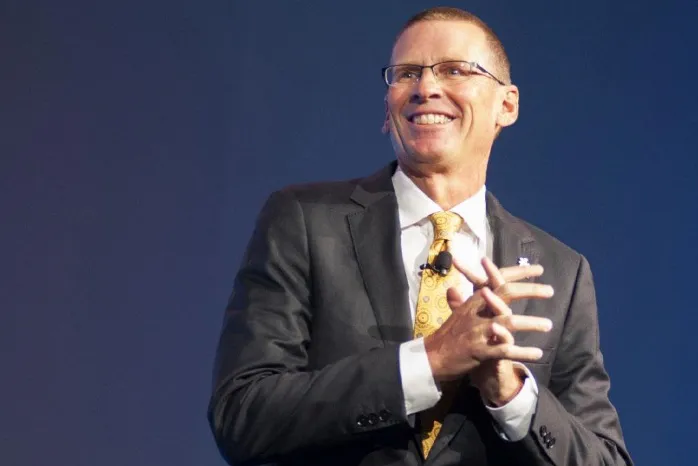
Wendy’s CEO Todd Penegor and CFO Gunther Plosch
Wendy’s expects inflation to soften in the fourth quarter, as the company has already seen favorable economic shifts in the third quarter, CFO Gunther Plosch said during the company’s November earnings call. In Q2, Wendy’s experienced 19% commodity inflation, but that improved to 15% in Q3, he said.
“Wage rates are up … but inflation is still strong. So as inflation starts to subside on the commodity front and there’s more disposable personal income for the consumer, that bodes well for the industry,” CEO Todd Penegor said. “The healthier consumers will continue to come out. We’ll start to see those frequency gains and get folks from food at home to food away from home.”
Labor inflation has also been improving. Currently, labor inflation is hovering around 6% compared to last quarter, when it was at 12%, Plosch said.
“We definitely expect that commodity inflation will be less than … what we have experienced in 2022,” Plosch said. “As a result of it, we would also expect that our pricing increases we are going to take in 2023 will be less than what we have done this year.”
Wendy’s U.S. menu pricing is currently about 10% higher than it was a year ago, and restaurant profitability is moving closer to pre-pandemic levels, he added.
But Plosch doesn’t expect the inflation problem to disappear anytime soon.
“Inflation is here to stay, especially on the labor front,” he said.
To offset this, Wendy’s is leaning on its third-party pricing specialists, improving its analytics to better reach customers and marketing products that encourage diners to trade up and drive positive sales mix, he said.
Restaurant Brands International CEO Jose Cil
Though the last several quarters have been difficult for Restaurant Brands International, the chain has also seen moderation in commodities and labor, RBI CEO Jose Cil said during the company’s Q3 2022 earnings call.
“Our franchisees are feeling the pressure. Our guests are also feeling the pressure,” Cil said. “And every conversation I've had with franchisees here in the U.S. and Canada, and also in Europe and other international markets, quickly turns to the volatility and a tremendous pressure that they, and we all, are feeling in our restaurant-level margins and then, what are the steps we are taking to address it. And it's a huge area of focus for our team. We are working together with our franchisees on this.”
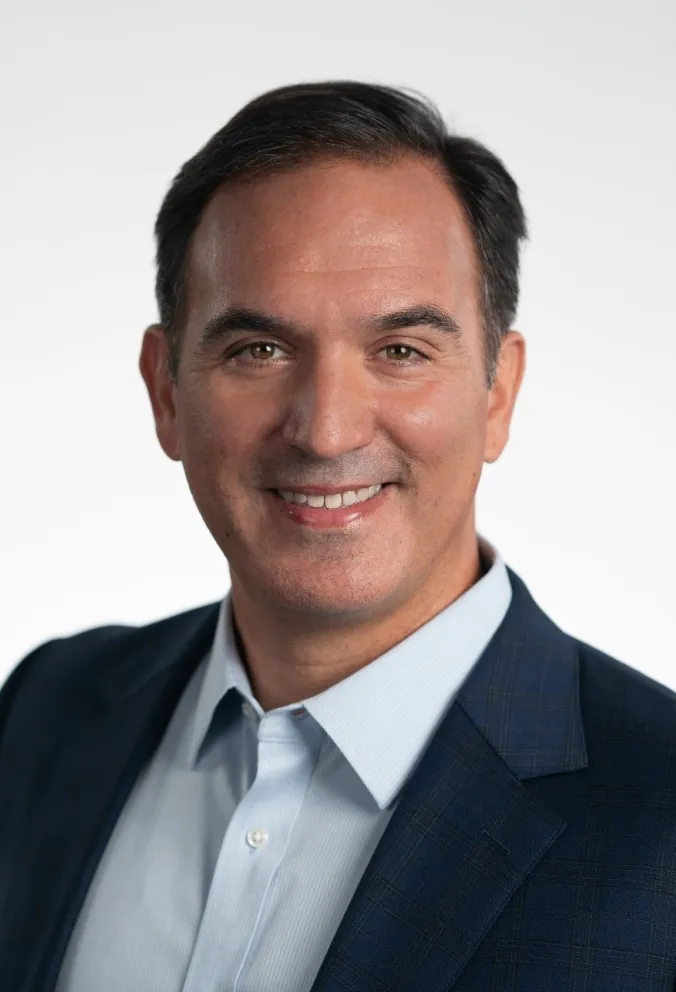
RBI has been using its scale and buying power to ease commodity increases in domestic markets and international pricing. The company has been working to understand the “elasticity of demand.” The company has been managing product mix to make sure margins remain strong. For example, Burger King removed its Whopper from the 2 for $6 platform and has since seen margin increases, Cil said.
“We are managing efficiencies through simplification that help our owners operate more effectively and efficiently. And in some cases, we are looking at ways to help restaurant owners with working capital during seasonally low cash flow periods,” Cil said. “These are things that we are working on to help the team and the franchisees in the near-term. And despite these challenges, we believe, based on our outlook, that profitability and cash flows are moving in the right direction.”
Papa Johns CEO Robert Lynch
Consumer sentiment has declined given the challenging economic climate, but Papa Johns has been working to strike a balance between offering customers premium menu innovations like its Epic Pepperoni-Stuffed Crust pizza and providing value for cost-conscious diners, Papa Johns CEO Robert Lynch said during the company’s Q3 2022 earnings call.

Papa Johns’ strategy continues to lean on carryout, its own delivery drivers or third-party aggregator partnerships. These channels help address a customer’s need for value, speed or convenience, and gives Papa Johns an opportunity to service customers across different socioeconomic backgrounds, Lynch said.
“We'll continue to be nimble throughout this challenging macroeconomic environment to adjust to consumers’ changing needs without denigrating our premium position,” Lynch said. “Pizza has traditionally performed well during a recession because it is an affordable meal choice. That is consistent with our solid start to the fourth quarter and our continued expectation to finish with positive comparable sales in North America.”




